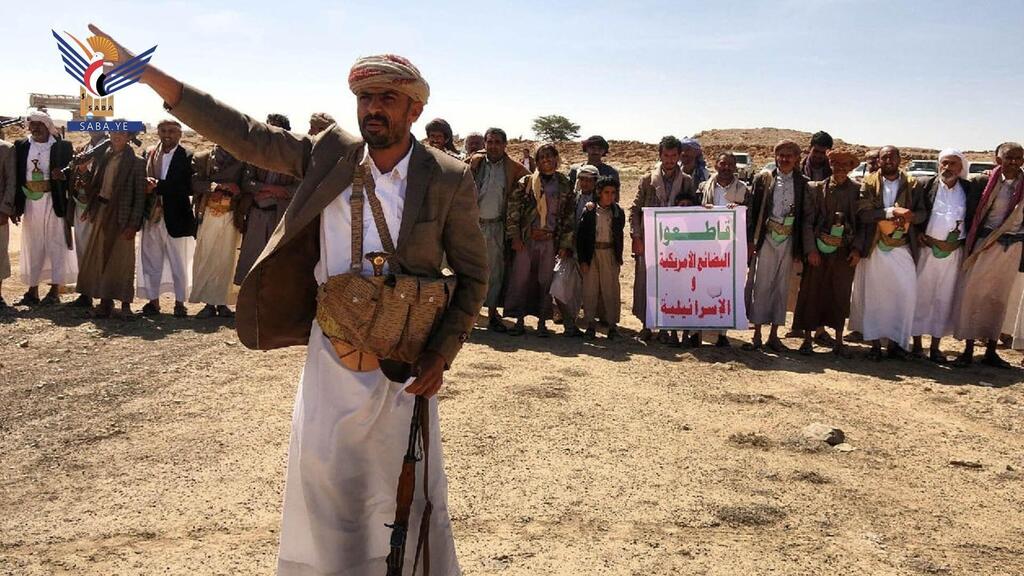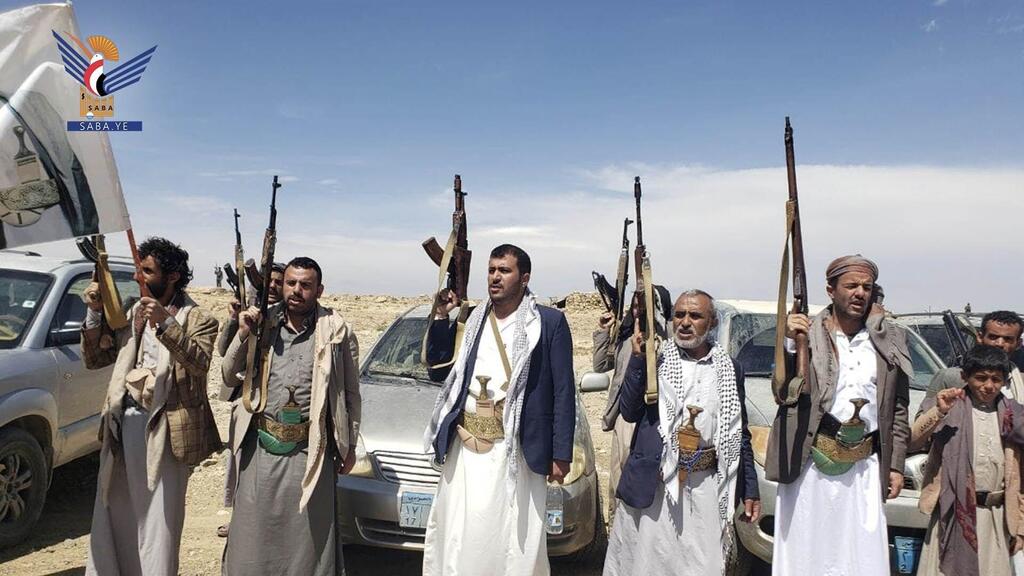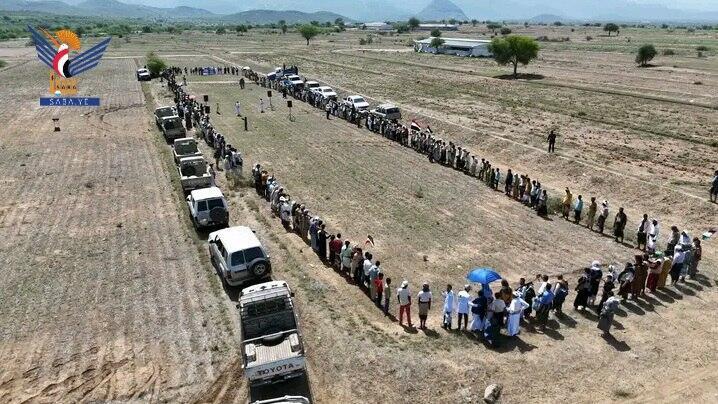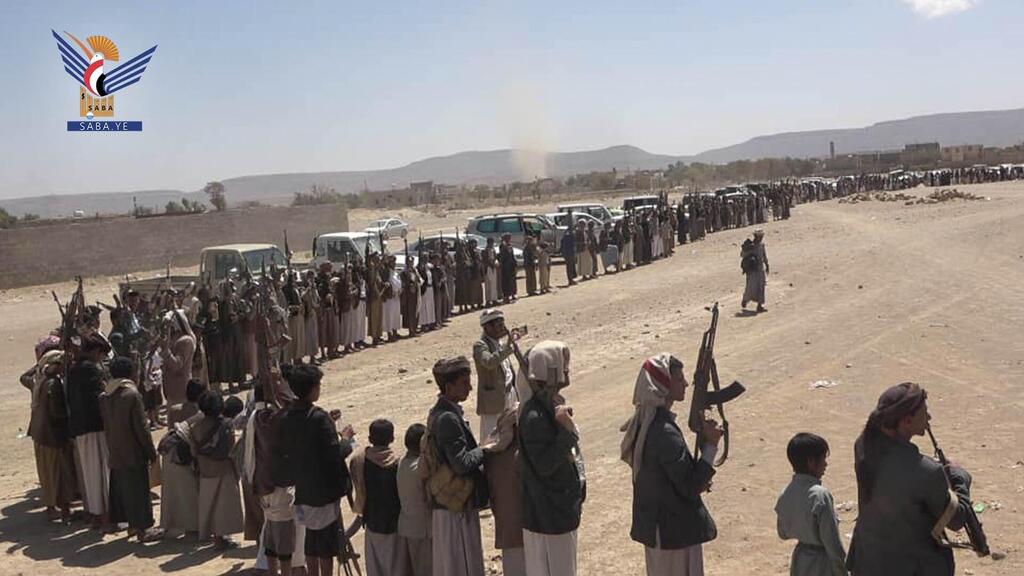The Iran-backed Houthis continue to forcibly recruit Yemenis, including children, in areas under their control. Exploiting U.S. airstrikes in Yemen and the ongoing war in Gaza, the Houthis have stepped up their recruitment efforts by framing the conflict as part of a broader campaign to support Palestinians.
Under harsh conditions of poverty, hunger and disease, many tribal communities have joined the terror group’s ranks.
Mandatory Houthi-run training programs, branded as the "Al-Aqsa Flood" — a reference to Hamas’ operational name for its October 7 attack — combine military drills with religious indoctrination.
Recent weeks have seen a surge in disturbing footage on Houthi-linked media. These are not typical videos of training exercises or parades; instead, they show large tribal gatherings across multiple provinces in Yemen, where armed groups publicly declare general mobilization, opposition to U.S. strikes and solidarity with Gaza.
On Monday alone, six such armed rallies were reported by SABA, a Houthi-affiliated Yemeni news agency. One of the largest took place in the Amran province, where tribal members gathered under the slogan: “Yemeni tribes reject agents of the U.S. and Israel.” Participants waved weapons and Houthi flags while trampling American and Israeli flags.
Earlier in the day, SABA published photos from another tribal gathering in the province. Attendees pledged to confront U.S. aggression and support Gaza. The event was also covered by Al-Masirah, the Houthi-run TV station.
5 View gallery
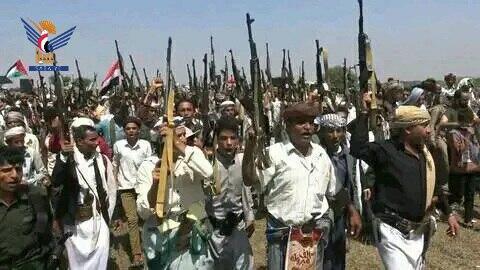

armed groups publicly declare general mobilization, opposition to U.S. strikes and solidarity with Gaza
Additional armed assemblies took place in various other provinces under Houthi control. In some locations, including an improvised soccer field in At Taffah, residents stood in circles and vowed to support Palestinians in Gaza.
Despite U.S. airstrikes degrading some of the Houthis’ capabilities, those living under their rule face such extreme deprivation that recruitment is often a matter of survival. With no jobs, food shortages and rampant disease, many have little to lose.
Get the Ynetnews app on your smartphone: Google Play: https://bit.ly/4eJ37pE | Apple App Store: https://bit.ly/3ZL7iNv
Familiar with rugged terrain and living off little, they’re easily swayed by promises and ideology — especially when framed as resistance against Israel.
The disparity between U.S.-Israeli military power and the Houthis’ guerrilla tactics complicates efforts to eliminate the threat. In early April, President Donald Trump released footage of a U.S. airstrike on a group of Houthi terrorists gathered in a circle. “They had assembled to receive attack orders,” he said.
Footage of Houthi gathering released by U.S. President Donald Trump
A Houthi-aligned Yemeni outlet denied the claim, saying the meeting was not military but tribal in nature. “It was held to resolve disputes between two tribes,” the outlet said, calling the U.S. intelligence assessment a failure.
Photos from the scene resembled other frequent armed rallies across Yemen — sometimes unarmed but always used for incitement, anti-U.S. messaging and expressions of support for Gaza.




